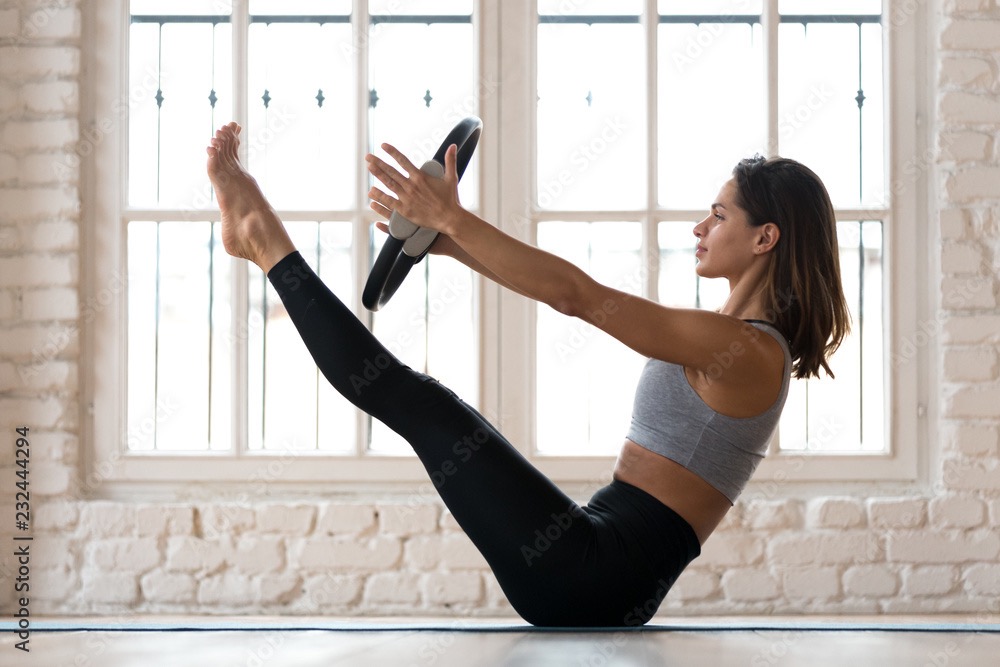In this post we discuss a different approach to resistance training and why it can and should be adapted for everybody.

What type of person comes to mind when I say Pilates?
A woman perhaps? Tall and thin?
How about Yoga?
Maybe also a woman? Bendy with a tattoo placed somewhere tasteful?
Right, how about resistance training?
I bet you’re almost certainly thinking about a man, with a neck as wide as his head and bulging biceps.
Now think about what exercises you associate with resistance training. A squat or a deadlift perhaps? There’s probably a bench press in there somewhere too.
It’s interesting how we associate different forms of exercise with both a body type and maybe even a particular gender.
A different approach to resistance training
Just as there are different forms of yoga, there are different ways to apply resistance training.
This is especially important to understand if you’re in pain or recovering from injury.
Resistance training doesn’t have to involve any one particular exercise and it doesn’t necessitate grunting and pulling faces.
In fact, the starting point shouldn’t revolve around the exercise at all, but rather what your body would most benefit from.
“Yeah but the equipment looks like it will cause pain”
Whilst some of the kit might look intimidating, remember it’s possible to hurt yourself without any equipment at all.
In fact it’s much easier to find a starting point with equipment than without it.
The reason?
You can set the parameters of the exercise to suit your body. That includes the range of motion you choose to work in as well as the challenge.
How you apply resistance training is key
Who says resistance training can’t be mindful and slow like some aspects of Pilates?
That it can’t be used to improve range of motion like yoga?
And why can’t it involve young people, or the elderly, regardless of gender?
Bottom line, if you have a muscular system then resistance training is for you.